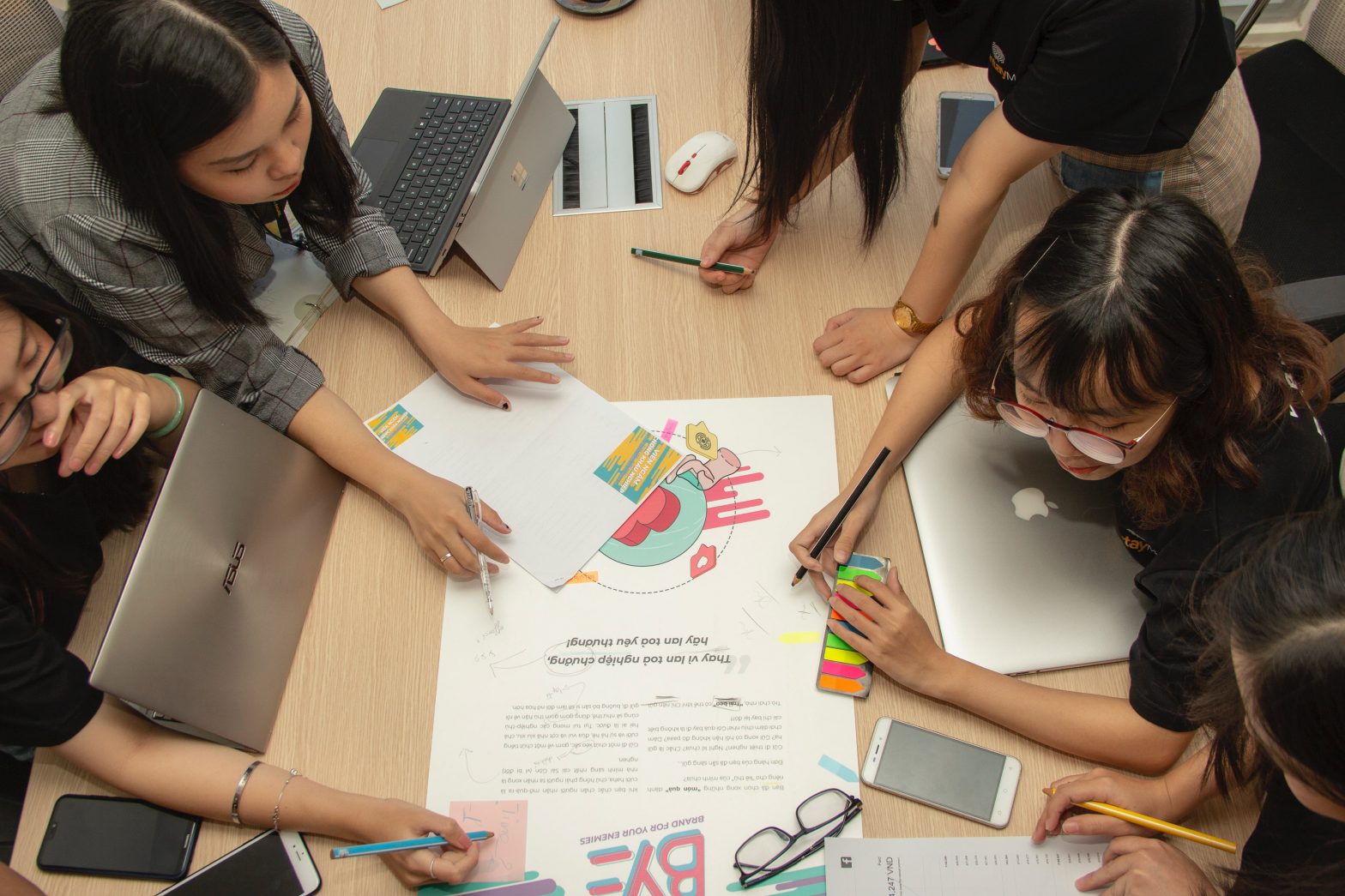
Diversity and Inclusion in Content: Best Practices
2,069
In recent years, there has been a significant push for more diversity and inclusion within media and advertising. Audiences demand content that accurately reflects the spectrum of human experiences rather than just those of the dominant culture. Brands are responsible for meeting this call and ensuring their content and campaigns showcase diverse communities authentically and ethically.
Failing to represent diversity opens brands to criticism and charges of being disconnected from their customer base. On the other hand, thoughtful inclusion helps foster loyalty and trust among underserved demographics. As society embraces multiculturalism, ensuring content covers diverse perspectives and backgrounds has become a business imperative. To create more inclusive content, professional essay writers should actively seek out input from marginalized groups rather than making assumptions.
Expand Notions of Diversity
Most companies understand the importance of racial diversity. But inclusion stretches far beyond race alone. Gender, sexual orientation, age, religion, economic status, and disabilities are all factors that shape people’s perspectives. Truly inclusive content makes space for these multifaceted experiences.
Look beyond surface-level diversity quotas. Strive for intersectionality by exploring stories across the matrices of race, gender, orientation, age, and other attributes that comprise identity. Nuanced portrayals based on real human insights drive connection.
Incorporate Inclusive Language
Word choice matters when shaping inclusive messaging. Audit content to remove non-inclusive language and replace it with more thoughtful phrasing. For example, use “flight attendant” instead of “stewardess” or “person with a disability” rather than “disabled person.”
Rethink idioms, metaphors, and figures of speech that may originate from a place of bias. Language continually evolves, and it is vital to keep updated guidelines on terms related to identity. Subscribe to style guides on inclusive language to avoid missteps.
Hire Diverse Creators
Authentic diversity starts with who creates the content. Creators naturally draw from their own experiences when crafting stories. Hiring diverse writers, filmmakers, photographers, and creative teams brings new perspectives into content development.
Inclusive staffing takes conscious effort, as decades of discrimination have created systemic barriers for marginalized groups getting hired in media fields. But with an intersectional staff, brands can produce content rooted in nuanced experiences far beyond their bubbles.
Research and Consult Marginalized Voices
Well-meaning creators from privileged backgrounds often inadvertently rely on stereotypes or tropes when depicting marginalized characters. Do extensive research and directly consult members from diverse communities when conceptualizing content about their experiences.
This helps identify blind spots the creator may completely overlook. Bring diverse voices into every creative process step, from conception to final approval. Portrayals based on actual inputs connect better with audiences than shallow stereotypes.
Push Complex Narratives
Avoid reducing diverse characters to simplistic caricatures. Give them the layered complexity of real life. Create space for them to share authentic stories rather than just play supporting roles for non-diverse leads.
Look for ways to flip existing narratives through creative storytelling. For example, refugees are usually depicted only in stories about displacement rather than as doctors, entrepreneurs, parents, etc. Find the unexpected stories within communities.
Embrace Joy and Humor
Representations of marginalized groups often focus solely on struggle and trauma. But well-rounded portrayals should also highlight joy, resilience, humor, and pride within communities. People from all backgrounds experience the full range of human emotions.
Fun, lighthearted content helps dispel prejudiced assumptions that diverse groups are inherently downtrodden. Showcase their vibrant cultures, accomplishments, and pride. As with serious issues, incorporate diverse perspectives when creating upbeat, comedic content.
Avoid Tokenism and Stereotyping
Token diverse characters added only to hit quotas come across as disingenuous. They must drive the narrative meaningfully rather than just check representation boxes. Fully realized characters that break stereotypes require discarding lazy creative tropes.
Look beyond portraying straight, able-bodied, cisgender, middle-aged white men as the default “normal” protagonists. Feature more intersectional leads so diversity does not seem forced or tacked on just for political correctness. Make inclusion the norm, not the exception.
Authenticity Comes From Within
External research and consulting provide great insights for creators. But real change requires brands to employ diverse teams who can add their lived experiences into content from the very start. Diversity should become embedded directly into internal creative cultures and processes. With inclusive staff and nuanced narratives, brands can produce content that reflects diverse consumer experiences. This thoughtful representation deepens engagement, builds lasting trust, and shows customers their identities are valued.











